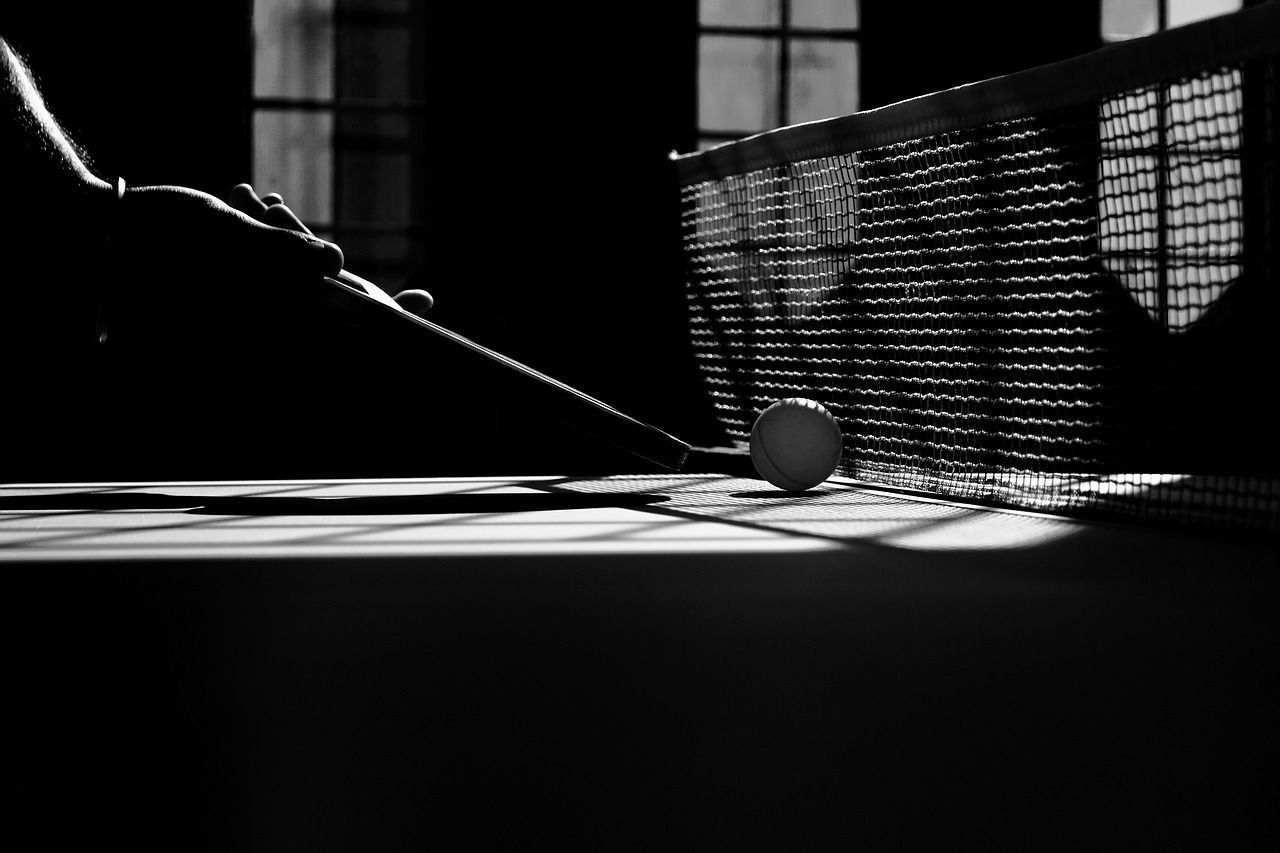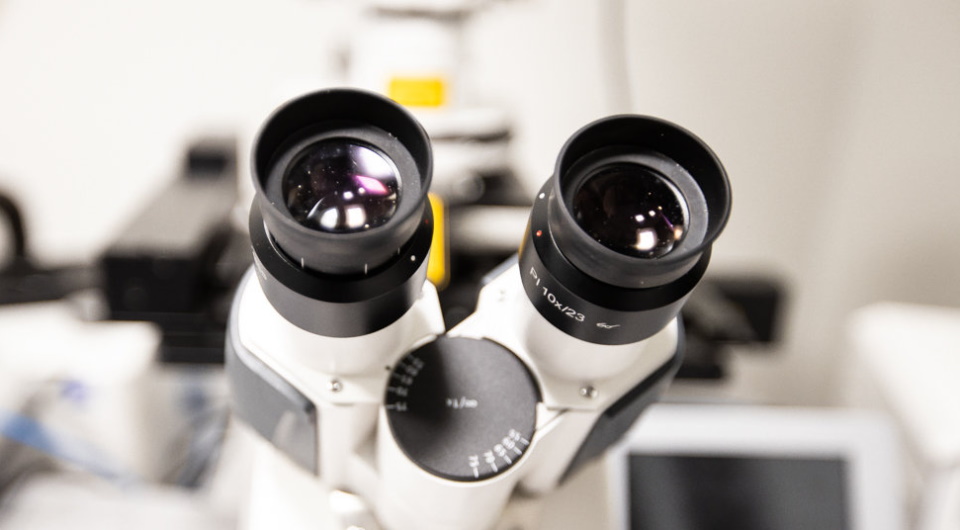Beautiful state employee: Vivo Y91i smartphone - advantages and disadvantages
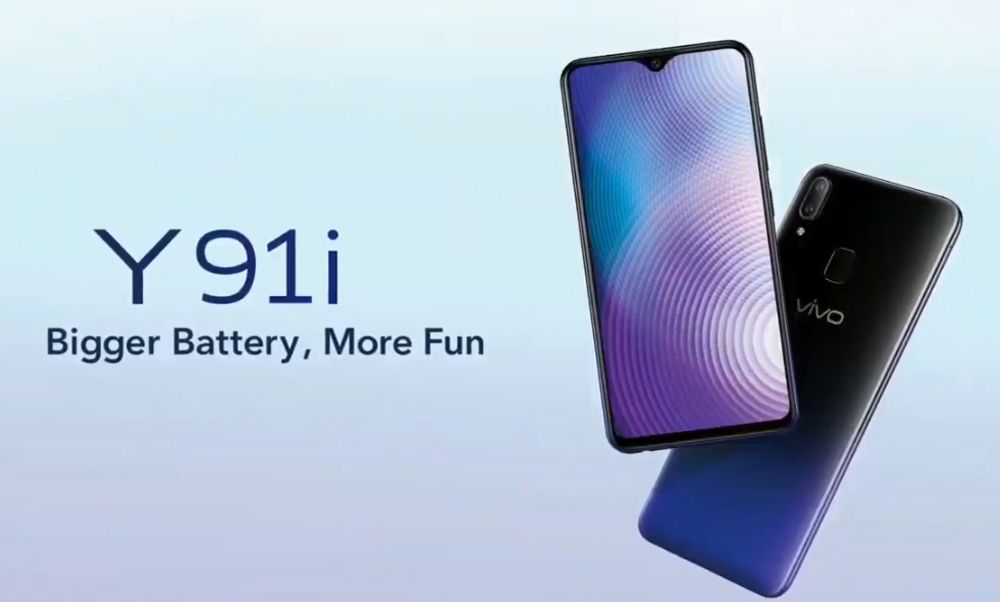
Despite the fact that most Vivo models are released in the markets of India or China, the phone called Vivo Y91i became the hero of the release in Russia on January 29, 2019. This smartphone belongs to the class of super-budget, so you can’t count on any innovative solutions.
Nevertheless, in its class, he has every chance to take a worthy place. Let's take a closer look at the advantages and disadvantages of Vivo Y91i.
Content [Hide]
About company
Campaign Vivo is one of the largest smartphone companies in the world. Founded in China in 2009, it quickly carved its niche in the local market and entered the top 3 Chinese mobile phone companies.
Since 2014, Vivo has opened its branches in India and some Southeast Asian countries.Although it is not so unknown in Europe and Russia, in eastern countries Vivo products are valued for their quality and cheapness, so even without entering the European market, it feels great due to the huge customer base of China and India.
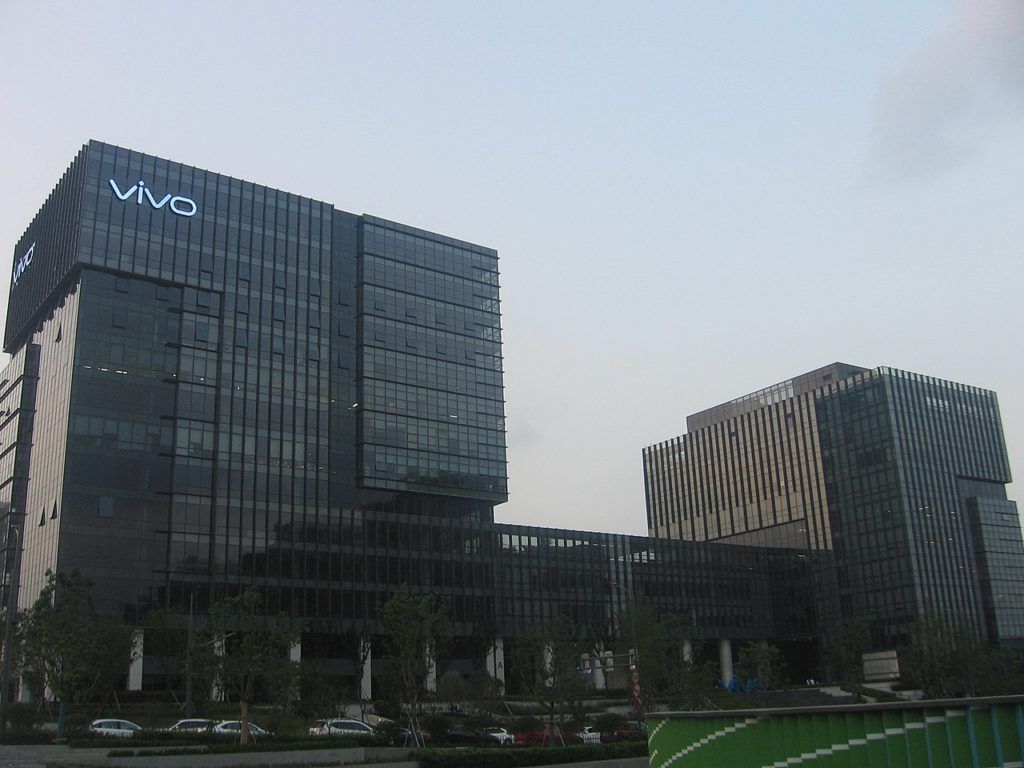
Design
The design of the new state employee corresponds to most of the newfangled trends. Most of the front panel is occupied by a huge frameless display with thin stripes on the sides and a triangular cutout at the top, which resembles a drop. For which it is often called "drop-shaped."
Despite the love of phone manufacturers to put glass on the back of the phone, here instead of it is a regular plastic cover.
Directly on it are a fingerprint scanner, made in the form of a square with rounded edges, and a dual sensor of the main camera with an LED for illumination.
The body frame of this device is also made of plastic, which, in general, is a common occurrence for budget smartphones.
On the right side of the device there is a volume rocker and a power button. On the right is a slot for a microSD card and two SIM cards, which can be considered a pleasant surprise from the company.
The speaker, 3.5 mm headphone jack and microUSB charging port are traditionally located at the bottom, and the speaker grille is made in the form of a small strip above the front camera.
The color range of manufactured cases is quite poor, but interesting. There are only two flowers:
- Classic/Galactic Black;
- Galactic red.
If the red looks quite standard, then the black case with a starry sky pattern looks very interesting. There is also a red version in the same galactic design.
Display
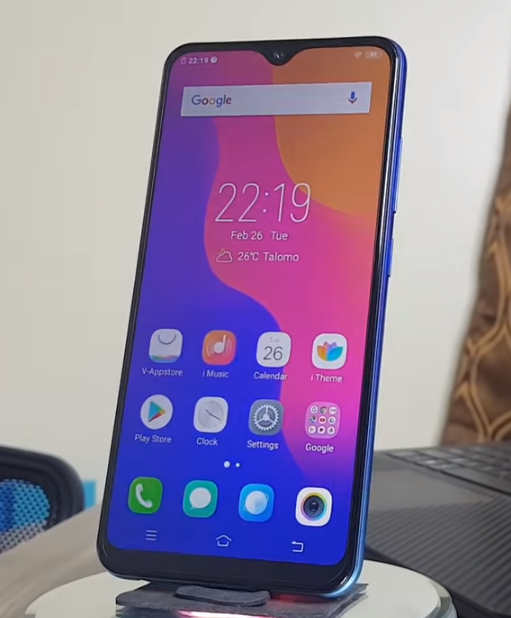
The screen in the smartphone is made using Halo Full View technology.In fact, this is a regular display with an IPS matrix and a resolution of 1570x720 pixels. For a screen of this size, this is not so hot what resolution, because of which it loses clarity, as evidenced by the rather low pixel density per inch, which is only 270 ppi.
As befits a frameless phone, its aspect ratio is 19:9.
The display size is 6.22 inches, which is quite impressive even by today's standards, when almost all phones make at least 6 inches. The screen occupies 88.6% of the surface of the front panel of the smartphone and is protected by Panda King Glass, the manufacturer of which claims that it is comparable in terms of reliability to the popular Corning Gorilla Glass tempered glass.
The image looks quite saturated, albeit dull. He clearly lacks brightness. But in general, the screen for such a price is very, very good. Perhaps the best in this price range, you will not find.
Main technical characteristics
Before we go any further, let's take a look at the table that will briefly describe the specifications of the smartphone.
| Main characteristics | Vivo Y91i |
|---|---|
| Net: | GSM (B2/3/5/8), WCDMA (B1/5/8), FDD-LTE (B1/3/5/7/8/20), TDD-LTE (B38/40/41) |
| Platform: | Funtouch OS 4.5 based on Android 8.1 Oreo |
| Display: | 6.22", 19:9, 1520x720 pixels, IPS, Panda King glass |
| Camera: | Primary: 13 MP, phase detection autofocus, f/2.2; Additional: 2 MP, f/2.4 |
| Front-camera: | 8 MP, fixed focus, f/1.8 |
| CPU: | 8 cores Cortex A53 2 GHz, 12 nm, MediaTek Helio P22 |
| Graphics chip: | 650 MHz, Imagination Technologies PowerVR GE8320 |
| RAM: | 2 GB |
| Inner memory: | 32 GB |
| Memory card: | up to 256 GB |
| Navigation: | A-GPS, GLONASS, Beidou, Galileo, OTDOA |
| WIFI: | WiFi 2.4 GHz |
| Bluetooth: | 5.0 |
| Sensors and scanners | Fingerprint scanner, face recognition |
| Battery: | Li-Po 4030 mAh |
| Dimensions: | 155.11x75.09x8.28 mm |
| The weight: | 163.5 g |
| NFC system | Not |
CPU
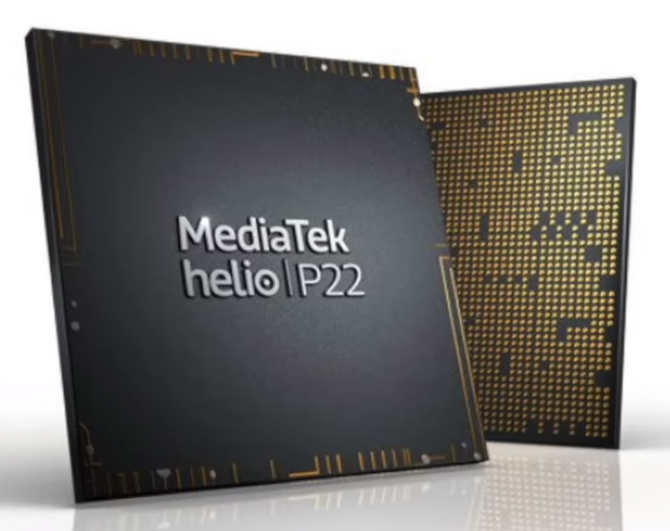
To keep all the components of the new smartphone running, Vivo used an inexpensive chip from MediaTek. It consists of eight Cortex A53 cores. These are old-generation cores that are commonly used in new processors as energy-saving ones. The task scheduler usually transfers processes that do not require high performance to them.
However, it should be noted that they cope with their task perfectly and the processor really drains the battery much more slowly.
The PowerVR GE8320 graphics chip also contributes to good energy saving, the advantage of which is just its energy efficiency, which is why you have to sacrifice the maximum available screen resolution. It is only 720x1600 pixels, which is quite enough for this smartphone.
In addition, this chip is produced according to a new, 12-nm tech. process that also offers greater energy efficiency than its older 16nm version.
Speaking directly about performance, it is worth noting that it is not as bad as it might seem. According to the results of the synthetic GeekBench test, it showed 823 units of performance per core and 3645 with all eight active cores. These are the results of smartphones from the middle price category, albeit at a rather low bar in this very category.
For a state employee, this is more than an impressive result.
However, tests alone do not give a complete picture of the phone and it is better to test its performance in games.
As it turned out, games like Asphalt Extreme run quite successfully and work without lags. Problems start when trying to play PUBG. Although the phone does not experience any serious problems at low or even partially medium settings, as soon as you raise them a little higher, lags and friezes begin.
Memory
The new smartphone claims to have 32 GB of internal memory and only 2 GB of RAM, which is amazingly small for 2019.
Due to such a small amount of RAM, the synthetic benchmarks of the processor may have lower readings, since the figures given were obtained when testing on a phone with 3 GB of RAM.
Camera
Another positive side of the smartphone, which manufacturers are so proud of, is the rear camera with two sensors. The resolution of the main sensor is 13 MP with phase detection autofocus and f2/2 aperture.
The second sensor is 2MP and f2/4 and is apparently intended to create a blur effect known as bokeh.
Front-camera
The front camera sensor, located in a drop at the top of the phone, has a resolution of 8 megapixels. and aperture f 1/8, which seems to be good, but the lack of autofocus spoils the matter. It has only a fixed focus, which tries to set the maximum sharpness over the entire area of \u200b\u200bthe image without fixing on a specific subject.
AI
Nevertheless, artificial intelligence built into the software part of camera control and about which manufacturers write so persistently when advertising their phone can correct the situation.
In the front camera, the role of autofocus can just be performed by Artificial Intelligence, using special sensors to determine various parts of the face, skin color, eye shape, gender, age and lighting for further automatic adjustment in beauty mode.
The rear camera also uses AI. It is needed primarily to create a bokeh effect when shooting, and it is also used to improve the quality of photos on the fly.
Operating system and firmware

The phone comes with Android 8.1 Oreo by default. It is not known whether updates will come to it and whether it will be possible to upgrade the device to 9.0 in principle, but version 8.1 also proved itself well in its time, making several interesting cosmetic changes and adding some useful features such as the “picture in picture” function.
You can read more about this system in our smartphone review. ZTE Blade A530.
The Funtouch OS 4.5 shell is responsible for the visual component. And here the ninth version of android, more sharpened for gesture control, would just fit in. The shell was created for the most part specifically for frameless smartphones without buttons, and most of the actions are carried out with special gestures.
This shell has a beautiful visual design with soft, pleasant icon shapes, a convenient way to sort and search for photos, an intuitive interface and the presence of a game mode in which all pop-up messages are displayed on top of the game process.
And yet there are complaints about it.Mainly because of the curve of the gestures, as a result of which, during the swipe, applications that you swipe over, as well as curtains that open from the bottom of some phones, can be launched, so when buying, it is advisable to make sure how the shell works before buying a phone.
Battery
That's what you definitely can not find fault with the phone, so it's for the battery. Not only is the battery itself of an impressive volume, more than 4000 mAh, but almost all smartphone systems are sharpened for low power consumption.
And here again, Android 9 with its smart battery system would come in handy. It would fit perfectly into the already existing energy-saving functionality.
According to rough estimates, using a browser, social networks and not running heavy applications, the battery can easily last for 2 days, or even more. Playing games can count on a full day of work.
Advantages and disadvantages of a smartphone
- Beautiful design with eye-catching body colors. The galactic colors really look stylish, especially black;
- Frameless display with teardrop notch. And although the display is inferior in quality to other models with a similar type of screen, it is very good for its segment. It is doubtful that somewhere you can buy the same cheap phone with a similar screen;
- Powerful and economical processor. In addition to low power consumption, Helio P22 can also offer enough power for most popular games, albeit not at the highest settings.
- A very durable battery that can provide battery life for more than 2 days.
- Price. A phone on the Russian market can be found for 10,000 rubles, and its average price around the world is $150.
- Front camera without autofocus.Without it, photos are fuzzy and blurry. AI of course partly solves this problem, but only partly;
- Very average main camera. Photos through it also suffer from a lack of clarity, and their brightness leaves much to be desired, but overall the photo quality is acceptable;
- Problems with the Funtouch shell. Not everyone likes it, and besides, no one has canceled the problems with using gestures.
Conclusion
Despite some shortcomings with firmware and a simple camera, it has more than enough for its money.
A good processor for a state employee, a large screen and a beautiful design make it one of the main contenders for the purchase. Existing shortcomings are smoothed out simply by an incredibly low price.
new entries
Categories
Useful
Popular Articles
-

Top ranking of the best and cheapest scooters up to 50cc in 2022
Views: 131653 -

Rating of the best soundproofing materials for an apartment in 2022
Views: 127694 -

Rating of cheap analogues of expensive medicines for flu and colds for 2022
Views: 124521 -

The best men's sneakers in 2022
Views: 124036 -

The Best Complex Vitamins in 2022
Views: 121942 -

Top ranking of the best smartwatches 2022 - price-quality ratio
Views: 114981 -

The best paint for gray hair - top rating 2022
Views: 113398 -

Ranking of the best wood paints for interior work in 2022
Views: 110320 -

Rating of the best spinning reels in 2022
Views: 105332 -

Ranking of the best sex dolls for men for 2022
Views: 104369 -

Ranking of the best action cameras from China in 2022
Views: 102218 -

The most effective calcium preparations for adults and children in 2022
Views: 102013

